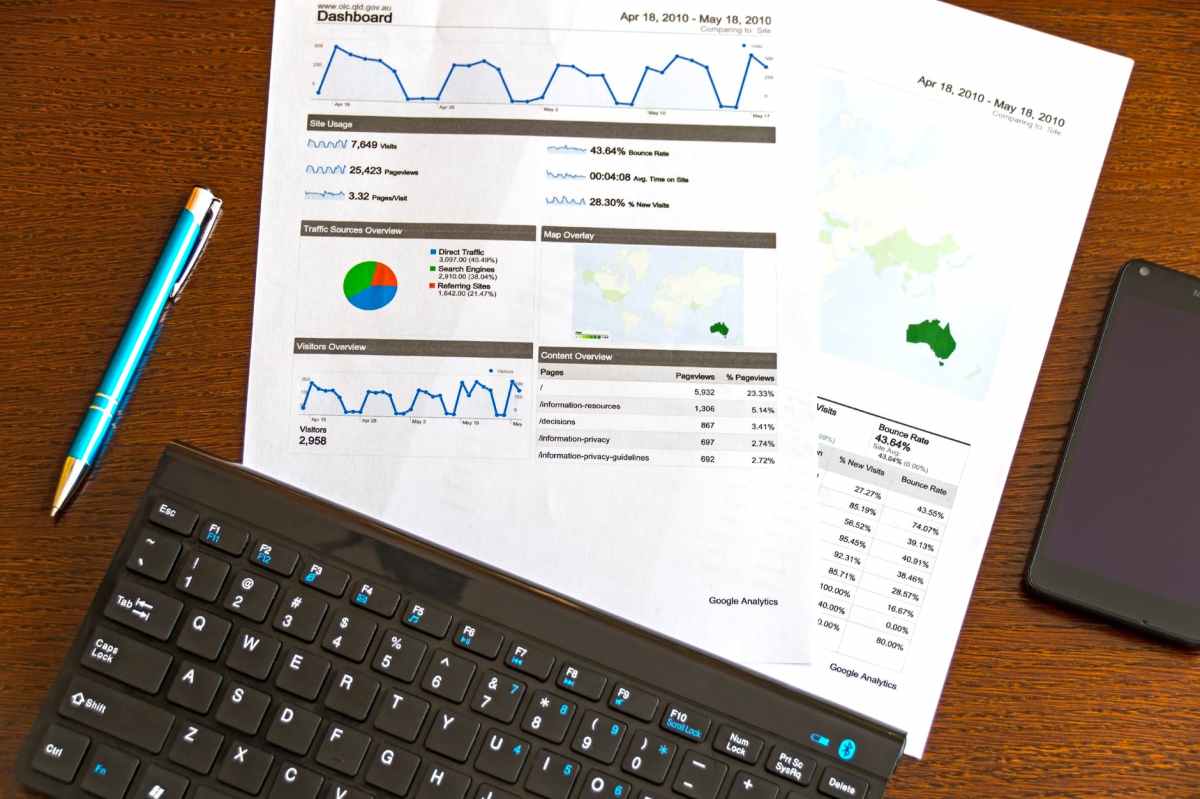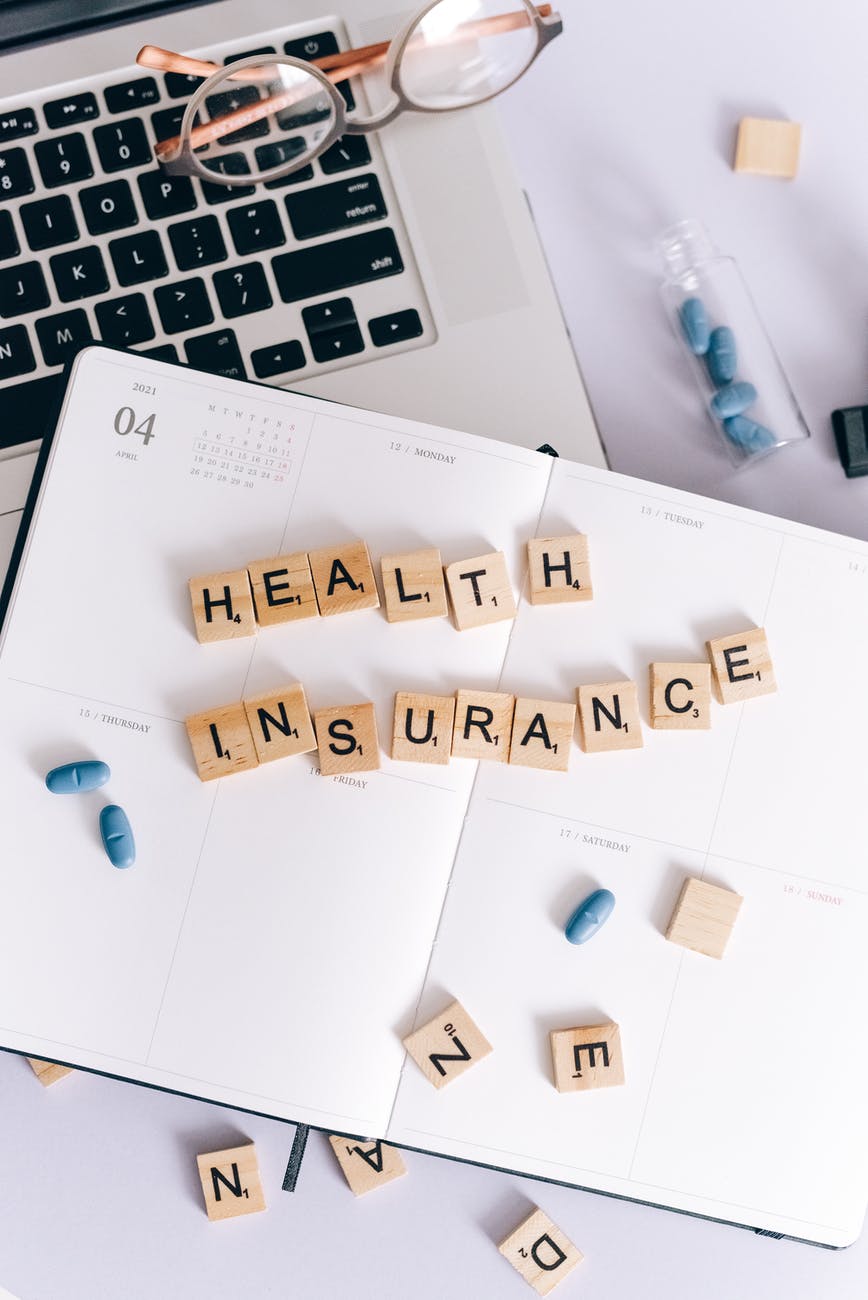“I want to be you”; I’ve been so fortunate to hear this language in recent years. Yet, the adage is accurate: with great power comes great responsibility. It is humbling to know my hard work is appreciated. However, it is overwhelming to know others view me as the standard by which to measure their own professional success. I’ve written a variety of content on this topic, from recent book chapters to blog posts. To achieve a successful entrepreneurial equation, you must be able to name your professional identity (PI) and leverage your professional brand (PB).
Professional Identity (PI)
Your PI is comprised of 3 areas. First is professional knowledge-core: your education and those coveted degrees. There is value is that didactic theory and learning from school. Though it is impossible to remember it all, so what matters most? I’ve had students approach me years after sitting in my classroom to share various “Ellen-isms” that popped in their heads when they least expected, such as, how “critical thinking enhances their objectivity” for clinical and operations decision-making. Some recall that “ethics are everywhere”, while others speak to the importance of discovering their “professional lane”, and venturing on a unique path. How does the knowledge gained from continuing education and trainings inform your evolving self? How do you consider the seminal documents of codes of ethics and standards of practice in your professional actions, work products, and professional interactions? Stop and consider, how does your brain trust influence your career trajectory?
Second are personal values and beliefs. How do these areas align with the mission and vision of your company, or its assorted functions? How might they affect what contracts you consider? Perhaps, they influence your pricing or billing practices, such as whether to accept insurance, or how to address co-payments, or late payments. For example, do you charge interest if any payment is late, whether the service rendered is for a patient visit or organizational consulting charge? If you do, at what point: 30, 45, or 60 days? Do you raise the interest if the timeframe goes beyond a particular point? At what point do you involve a collections agency? How much time do you devote to “free” consultations? How might your values influence what communities and populations you serve? Each of these questions are vital decision-points and beckon for your individual contemplation; I’ve made my decisions, what will yours be?
Finally comes that professional persona or, how do you present that professional identity to the world? It might be the style of your dress, presentation personality, or in your social media presence. How do you promote your efforts to the world, and what is your comfort in doing so? For example, I post a great deal on social media to market my work, whether articles, book chapters, my own books, as well as presentations and trainings; this blog gets a fair amount of attention. Engaging in marketing or self-promotion can be uncomfortable for the workforce, especially for my colleagues in the health and behavioral health realm. Content on leveraging professional identity is not traditionally taught in academic programs; the priority is on those competencies that ensure quality caring for others versus endorsing self-interests. Yet, the needle is shifting, and for many reasons. Increased numbers of professionals are going entrepreneurial and consulting routes. To be successful, you must be comfortable marketing your expertise; wear that professional persona with pride!
Professional Brand (PB)
Your PB is a brief statement that conveys your professional intent, focus, and value to stakeholders of your services. This includes patients, clients, members and consumers, to colleagues, referral sources, and the public. A solid PI drives a winning PB!
Your PB gets incorporated into every business product, from cover letters and work products, to online profiles. It should be printed on business cards and other marketing literature. The language is included in any quick pitch you do at events, or interviews where you share entrepreneurial expertise. The language is your clear and convincing response to those classic interview questions, such as, “Tell me about yourself”, or “Why should I hire you?”.
Several elements encompass PB. Each serves a dual purpose: how do you want stakeholders and customers to experience you and, how do you want to present to them:
- Tag line: a brief statement that cuts to the core of your efforts; it’s clear, memorable, and makes you shine above the rest! I, empower interprofessional knowledge; what about you?
- Logo: a graphic image that represents your professional persona. If you have a creative core, play with this yourself. However, several companies rock this effort at reasonable rates, such as FIVERR to VistaLogo, and Design Hill. All provide bundled options for website development, logos for use across social media and other business platforms (e.g., digital devices, cards and stationary, presentation banners, and other products).
- Theme: As an entrepreneur you bring a unique business lens geared to a target audience of stakeholders across certain sectors or practice settings. Consider this on the front end of your efforts, otherwise it becomes harder to market yourself and your company. It is common to use your company mission or vision statements for this effort.
- Elevator speech: You have 30-60 seconds to give a quick overview of your expertise, credentials, and goals. This brief article from Balance Careers provides sound guidance.
PI and PB set the tone for your successful entrepreneurial equation. Are you up to the challenge?
I invite readers to share their recommendations on driving PI and PB.










